Recolouring: One picture makes many colours
OR: HOW YOU CAN SAVE A LOT OF EFFORT, TIME AND COSTS BY RECOLOURING.
A product rarely comes in just one colour. And those who offer products in different colours, designs or even materials want (and should) show this. Because that is exactly what customers, partners, investors, etc. want to see.
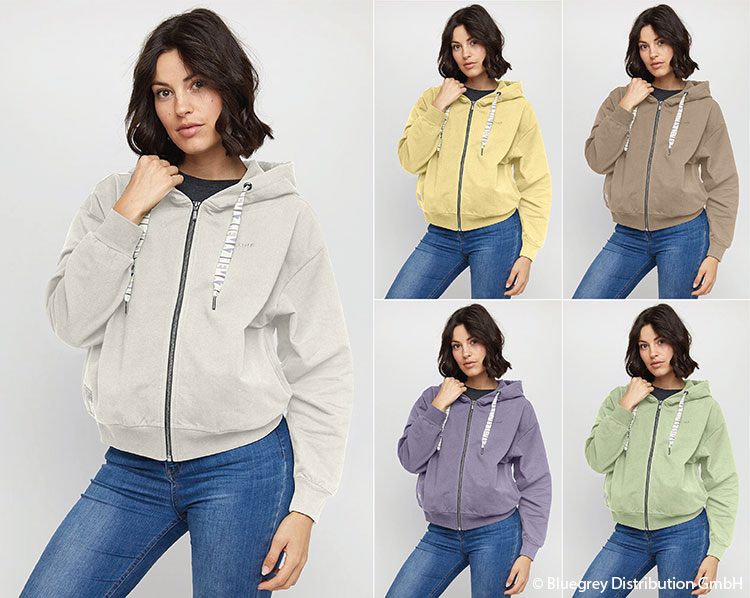
Photographing all colour, design or material variants of a product, plus retouching and optimizing all images? That is an organisational, temporal and financial challenge.
At the same time, the colour itself is one of the greatest challenges in product photography. Lighting, camera settings, setting, design changes… All of this influences the colours and the colour representation. Product images with inaccurate colours lead to dissatisfied customers, loss of trust, increased returns and costs.
The solution: Recolouring! From just one optimized product photo, countless images are created that show the product perfectly in different colours. Sounds too good to be true? By no means!
Recolouring, what is it and how does it work?
To recolour means nothing else than to change a colour. Of a whole object, a single area or several areas independently of each other. That is exactly what it basically also means in the area of image editing.
Instead of photographing and retouching countless variants of the same sweater (or similar): Take one photo, retouch it and recolour it in as many other colour variants as you want.
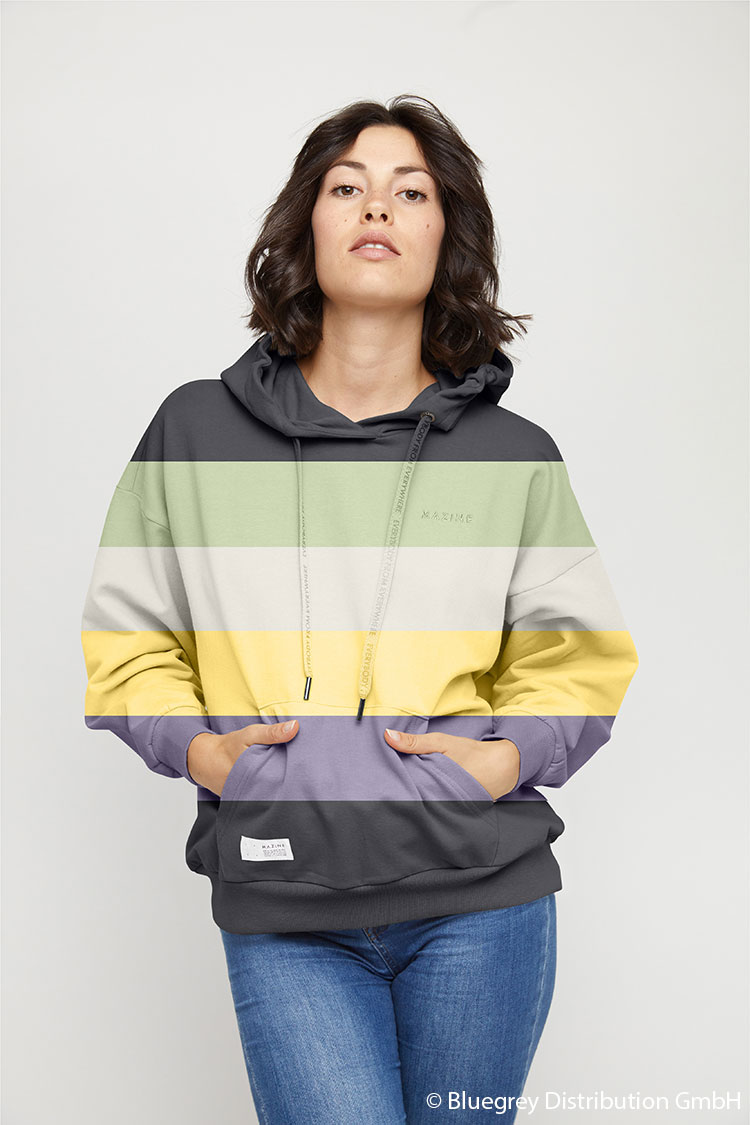
What it takes:
The basis is a product photo, which is first edited perfectly. This includes, for example, general image optimisation and product retouching, the integration of shadows, the creation of clippings and alpha masks and more.
Of course, this also applies when it comes to different views of a product. One photographed and optimally prepared series of images with different perspectives and detailed views of the product is sufficient.
Then all areas and details of the product that need to be changed are distinguished from one another with the help of maskings. All the details about masking and colour masks are available on our blog. The number of masks required always depends on the product. These so-called colour masks make it possible to process every detail of a product separately and, for example, to change the colours. Whether a different colour, a different pattern or even a different texture; the individual editing of the masked areas is now possible. These shorts are available in both plain and patterned? No problem!
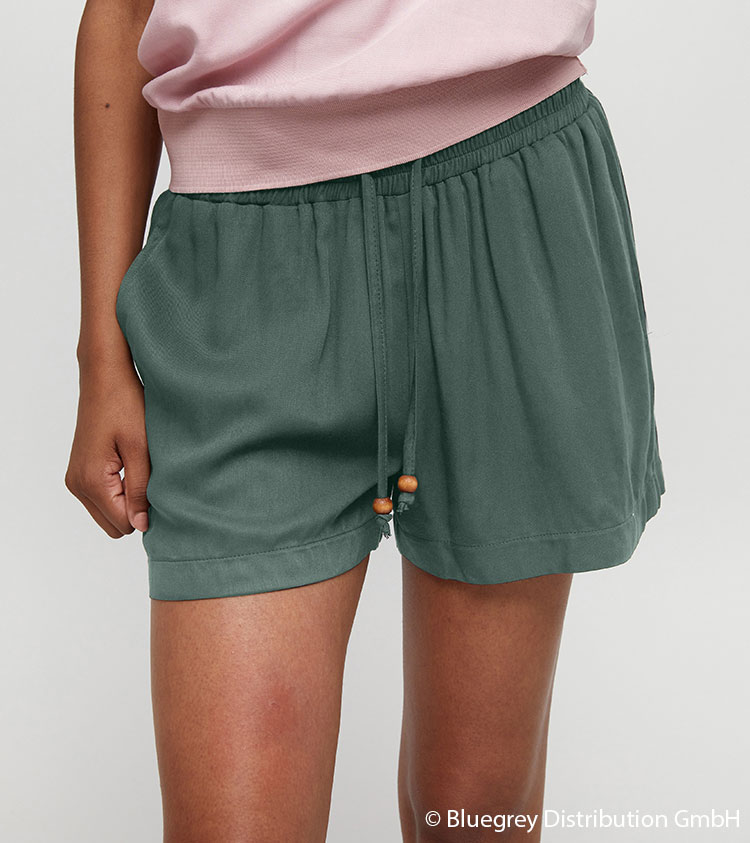
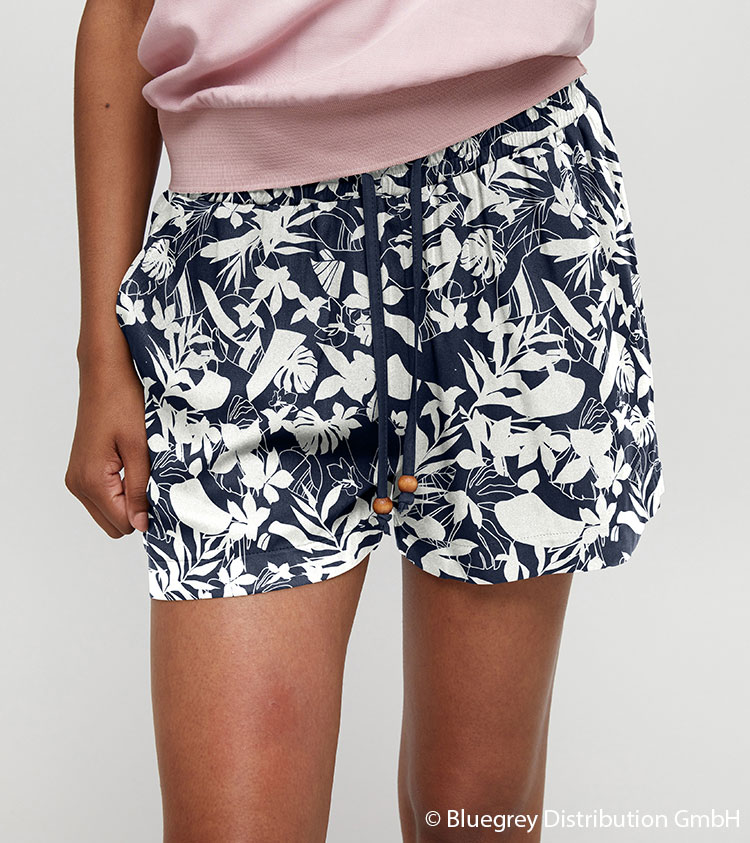
Reference images or digital fabric samples, for example, serve as templates for recolouring and colour-binding retouching. Recolouring according to colour codes, such as RGB, CMYK and hex code or Pantone colour information, is also possible. Taking into account the structure and pattern of the material, we use professional recolouring and colour correction to ensure natural and visually appealing colours.
If required, we provide the processed image files including colour masks for further processing.
Colour matching
Colour matching is also part of this area of image editing, and is also part of the preparation for recolouring. Deviating or incorrect colours happen quickly. For example, with photos of the same product from two different photo sessions. A reference image with accurate colour reproduction serves as the authoritative image for colour matching with all other images. So that all images have the same, correct colours as a result.
Many advantages in many areas through recolouring
Even one single product photo is enough to show all the different colour variants.
That saves a lot of effort, time and costs. During the preparation, the photo shoot and the post-production. Thus, recolouring is incredibly efficient. And not only with pure product photos that only show the product itself. Recolouring is also not a problem for product photos with models.
Especially with mass products, which basically only differ in colour, pattern/design or texture, it is not worth the effort to take individual photos of each product variant. Imagine how laborious it would be to photograph each colour of lipstick individually. With the help of recolouring, all combinations can be represented quickly with just one series of photos.

Recolouring also means an incredible consistency in the product photos. Regardless of which variant is shown, since a series of photos serves as the basis, the image composition (setting, perspective, light and shadow, model poses, etc.) is the same for all product variants. This creates a uniform, professional product presentation.
Changing and matching colours is not only used for product photos. In the real estate sector, this type of processing is used in connection with virtual renovations. For example, when changing wall colours, floor coverings, kitchen fronts, etc.
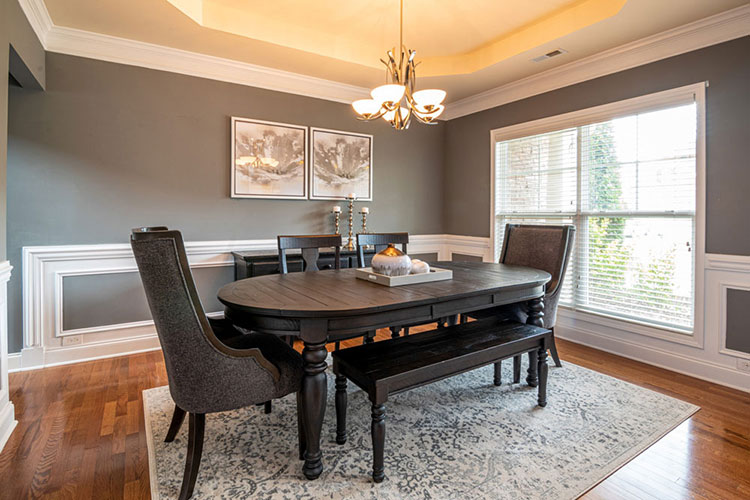

Take control of your colours! We recolour each of your products in exactly the colours you need.
Our services include: clipping, alpha masking, masking, composing, ghost model, image retouching, colour correction & recolouring, layout design, CGI for e-commerce, and more. For more information, samples and detailed prices download our e-commerce & product images portfolio.
- 2023
- January (1)
- 2022
- December (2)
- November (1)
- October (2)
- September (2)
- August (1)
- July (1)
- June (1)
- May (1)
- April (1)
- March (1)
- February (1)
- January (3)
- 2021
- December (2)
- November (1)
- October (3)
- September (2)
- August (1)
- July (3)
- June (1)
- May (2)
- April (1)
- March (1)
- February (2)
- January (4)
- 2020
- December (2)
- November (3)
- October (4)
- September (1)
- August (2)
- July (1)
- June (2)
- May (3)
- April (3)
- March (3)
- February (4)
- January (4)
- 2019
- December (1)
- November (2)
- October (5)
- September (1)
- August (3)
- July (2)
- June (2)
- May (3)
- April (2)
- March (3)
- February (2)
- January (4)
- 2018
- December (2)
- November (2)
- October (3)
- September (3)
- August (2)
- July (2)
- June (2)
- May (1)
- April (1)
- March (2)
- February (3)
- January (2)
- 2017
- December (2)
- November (2)
- October (1)
- September (1)
- August (1)
- July (1)
- June (1)
- May (1)
- April (1)
- March (1)
- February (1)
